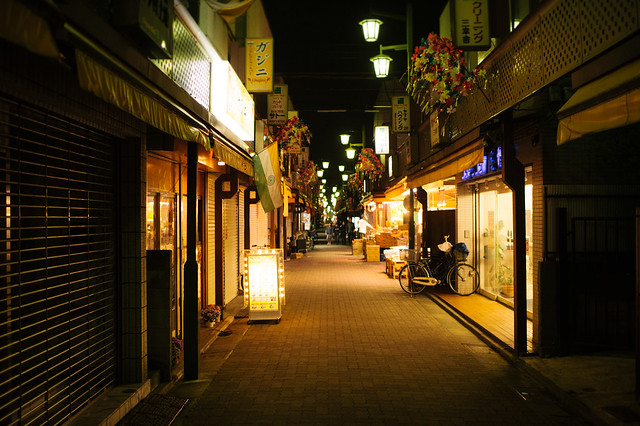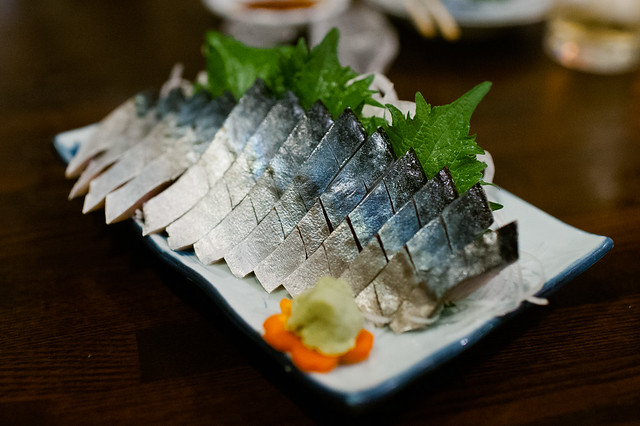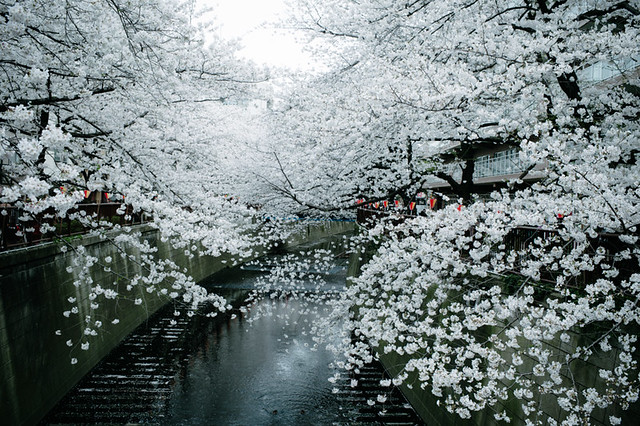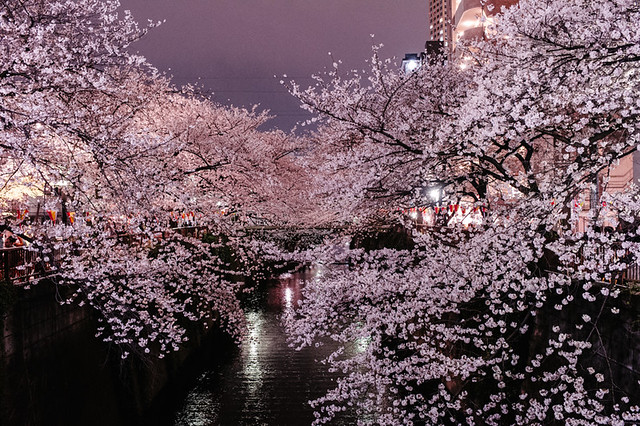Private Tokyo : A photographic diary
Mariusz Sikorski isn’t a fan of Edmonton weather. He loves the summer, but finds it too short, and the winter “incessant”. By contrast, he says, Japan has four distinct seasons. Even the hot and humid summers, which he often curses, have something special. “You see it in the movement of the people in the countless festivals, you see it in the coworkers enjoying drinking nights on izakayas spilling out onto the streets and you see it in the waves of people criss-crossing along the evenings of Shinjuku station.”
For those of us who have lived in Japan, Sikorski’s attraction is easy to understand.
I was a resident of Tokyo for just over 6 years. The city is actually a conglomeration of connected towns and villages, swallowed up in the tide of postwar development, each with a distinct feel and flavour. At night, some parts are eerily quiet, like the streets of Ichigao, where I lived for over a year. The ‘town’ is dissected North-South by the busy 246 highway, and the Den-en-toshi railway line , yet only a short walk away from both, it feels all the world like a country town. That is, if the local bosozoku aren’t revving their motorbike engines in a show of contempt for the local residents.
Like me, Mariusz is in love with Japanese food. He doesn’t have to say so, because his photography does all the talking. As another Ottawa winter closes its cold hand over the city, I find myself daydreaming of piping hot miso-ramen, slurped down noisily in a shambolic Shibuya back-street. I miss the banter swapped over a long, hot plate of sizzling okonomiyaki, while squeezed into a Shimokitazawa restaurant barely bigger than the average American kitchen. Yet most Westerners still think of sushi when asked about Japanese food.
If it’s sushi you want, Japan has no equal anywhere in the world.
The Kanto plains have one of the highest population densities in the world. As such, you wouldn’t think there are many places to find solitude. Yet the magic of Japan is an abundance of quiet, reflective spaces to escape the maelstrom of humanity. Myohonji temple in Kamakura is one of those refuges. When a camping trip wasn’t possible, I would take the train from Ichigao, armed with tea and a good book, and find a spot near the temple. I did this often over the years, until I moved back up Kitazawa-ku and the train journey was too long. This is why the following image resonated strongly:
In Japan, trees and rocks were objects of devotion long before temples served the same purpose. Often the visitor will see trees hung with ropes, designating them as sacred. I’ve visited many like this one in Hakone, finding solace in their shade, even at the busier sites. It’s a feature of animist traditions I wish we’d borrow in the West. Imagine a tree in your neighbourhood given a type of ‘sacred’ status, where people might go to spend a moment of quiet reflection. I’m not advocating for the creation of some neo-animist religion, just pondering the benefits of a local space not corrupted by the built environment, an accessible refuge from the pressures of quotidian life.
Spring in Canada is best avoided if possible. It’s dirty, wet, and filled with the smell of decaying things emerging from the melting ice. That’s why I have such fond memories of the same season in Japan. From March to May along most of the archipelago, sakura blooms decorate the countryside, and become the setting for thousands of ‘Hanami‘ parties. Mariusz has created a set dedicated to the beauty and celebration of this time. I’ve linked to a few examples, but for more photos of this and other subjects of his contemplative eye, visit his blog, Dear Blue.









Leave a Reply
You must be logged in to post a comment.